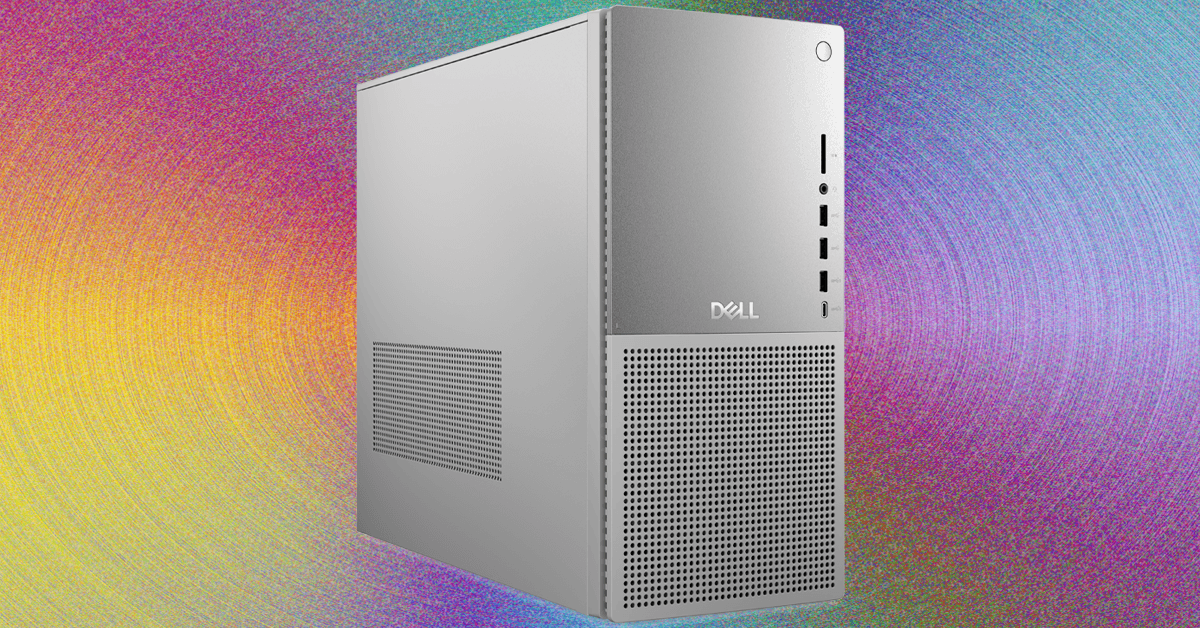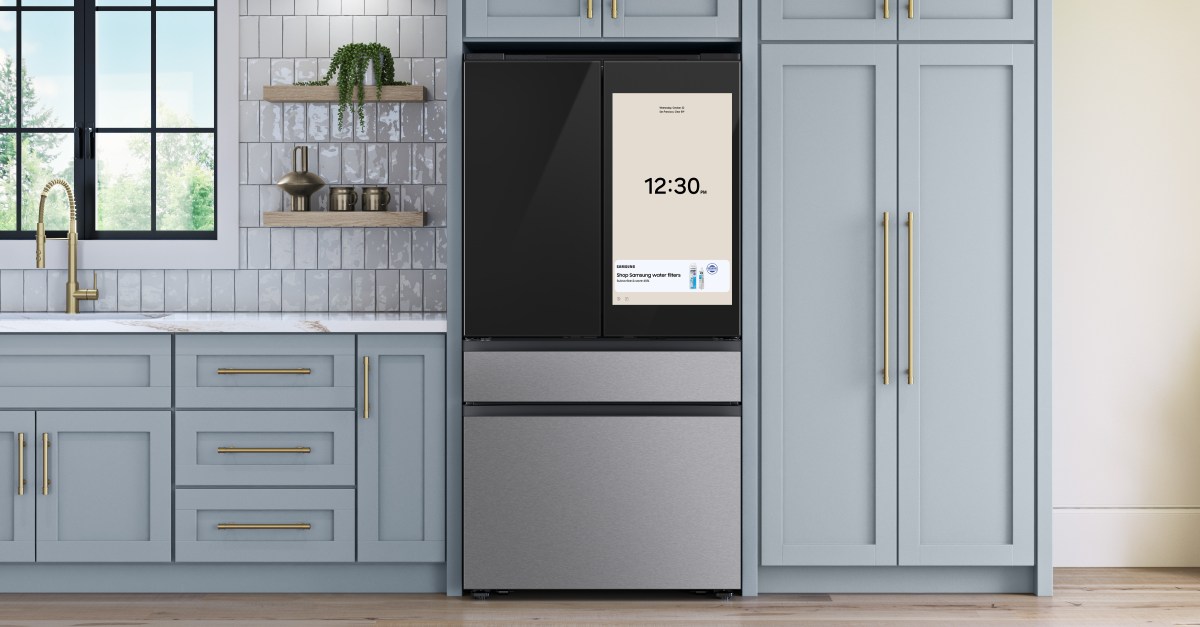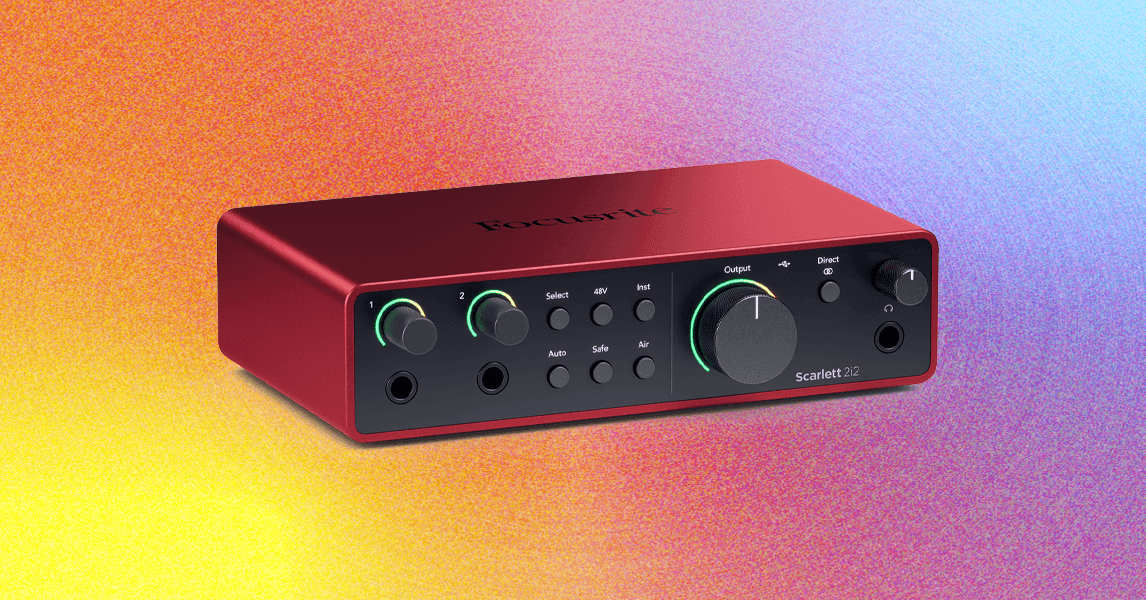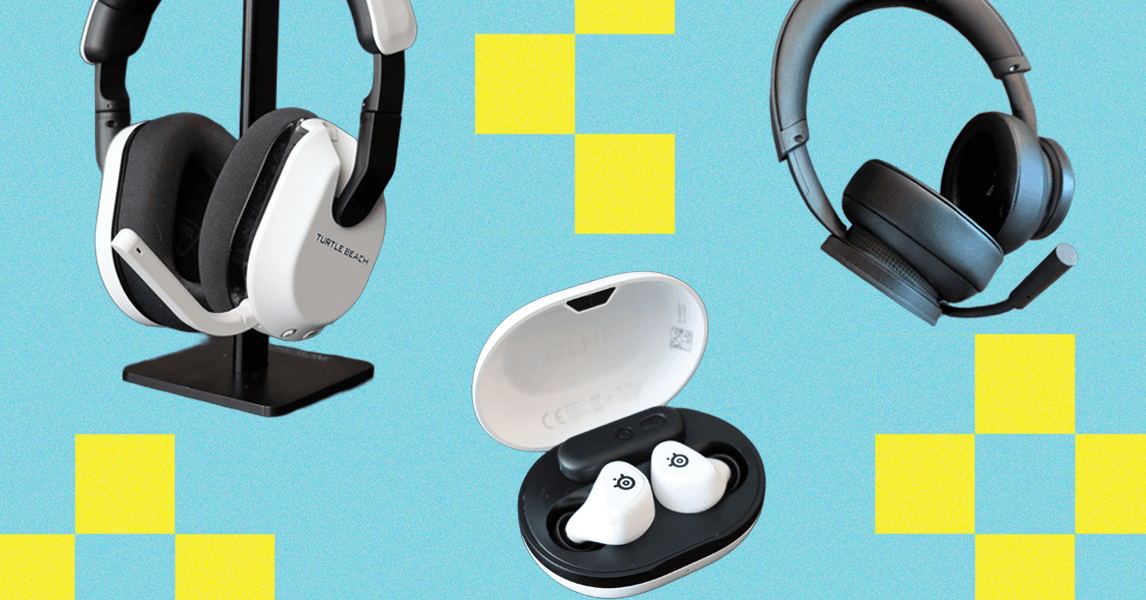The Dell Tower Plus doesn’t exactly use off-the-shelf parts, but it does give you fairly good upgradability, which is one of the main reasons for buying a desktop in the first place. As for extra expansion, there are two overhead empty storage bays for 3.5-inch SATA hard drives, as well as an extra M.2 for an additional SSD. There are two DIMM slots, which will allow you to pack up to 64 GB of DDR5 memory, if your heart so desires. My review unit came with two sticks of DDR5 RAM, 16 GB each, as well as a single-terabyte M.2 SSD.
Adding or replacing these components is fairly straightforward, and there are even some instructions printed on the inside of the side panel. No, it’s not the Framework Desktop in terms of ease of use, but there’s a lot more space for your hands when tinkering with components or troubleshooting something. This isn’t a system inherently made for true DIYers. The custom motherboard makes upgrading the motherboard or CPU more difficult, but for the basics, Dell has done a good job of giving you a foundation you can build on.
Performance for Pros
Photograph: Luke Larsen
My review unit is one of the more powerful configurations, with both the unlocked Intel Core Ultra 7 265K and RTX 5070. (You can upgrade to the Core Ultra 9 285K and RTX 5080.) The value for this desktop drops as you move down the configurations. The cheapest is $800 for Intel graphics, but it doesn’t make much sense to buy that when you can get a Dell 14 Plus laptop with better specs for less money, especially given the added benefit of the display and portability.
















Leave a Reply